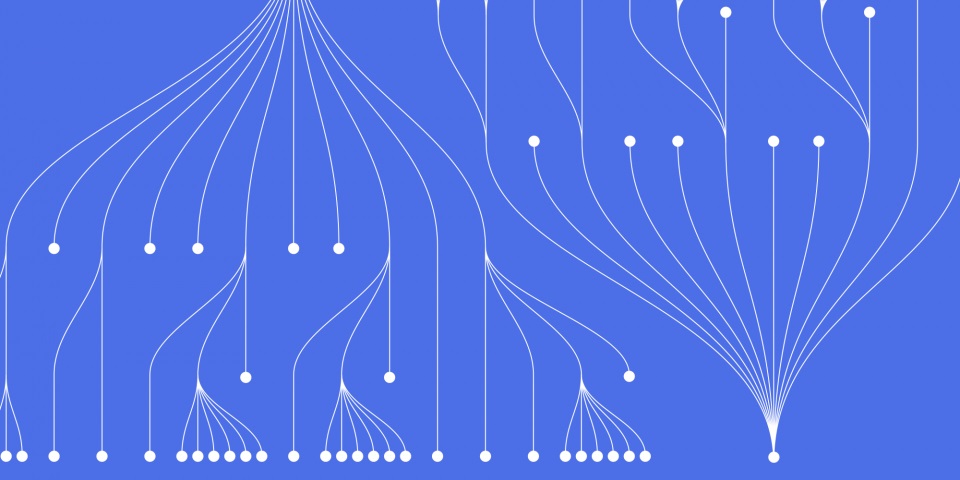
12 January 2018
Data analytics courses are the key to the future. The leading current issues in business development are Big Data, AI and Machine Learning, which are interdependent and require analysis skills, methodologies and technologies. According to a 2016 report, by 2020, more than half of business buyers will require companies to anticipate their needs; if they won’t, business buyers will easily and quickly switch brands.
So handling data, and more specifically Big Data, have become crucial to the day-to-day running, as well as future development, of businesses. Top firms are always seeking competent professionals for spotting trends and forecasting the future. This means that talent is always in demand; big data and analytics specialists are highly coveted by organisations that are data driven (which constitute the majority). Data analytics courses are, as mentioned, essential for anyone who wishes either to specialise or to change a career path.
Analytics is the discovery, interpretation, and communication of meaningful patterns in data. It relies on the simultaneous application of statistics, computer programming and operations research to quantify performance. Organizations and businesses apply analytics to business data to describe, predict, and improve business performance.
Before proceeding further, let us distinguish between analytics and analysis. Simply put, analytics is not so much concerned with individual analyses, but with the entire methodology.
Python for data analysis has become more relevant since the advent of big data. With the huge amounts of data coming from various sources, the importance of analytics tools has grown, with Python one of the leading tools.
Python is an increasingly popular tool for data analysis. In terms of structure and syntax, it’s a beautifully designed, intuitive, and exceedingly powerful general-purpose programming language. It was explicitly designed so that code written in Python would be easy for humans to read, and thus minimize the amount of time required to write code.
On one hand Python is a bona fide full programming language, so if the need arises to work in a different language (C or Java for example), one already possesses a conceptual understanding of the job required; on the other hand, with its special libraries like Pandas, it’s no wonder that when thinking of Python data analytics comes to mind.
Data analytics courses will provide the foundation for handling and evaluating data in order to produce findings, conclusions, predictions, recommendations etc.
May interest you: Python Data Science, business intelligence course, r programming course

CONTACT
+44 (0)20 8446 7555
Copyright © 2025 JBI Training. All Rights Reserved.
JB International Training Ltd - Company Registration Number: 08458005
Registered Address: Wohl Enterprise Hub, 2B Redbourne Avenue, London, N3 2BS
Modern Slavery Statement & Corporate Policies | Terms & Conditions | Contact Us
POPULAR
AI training courses CoPilot training course
Threat modelling training course Python for data analysts training course
Power BI training course Machine Learning training course
Spring Boot Microservices training course Terraform training course